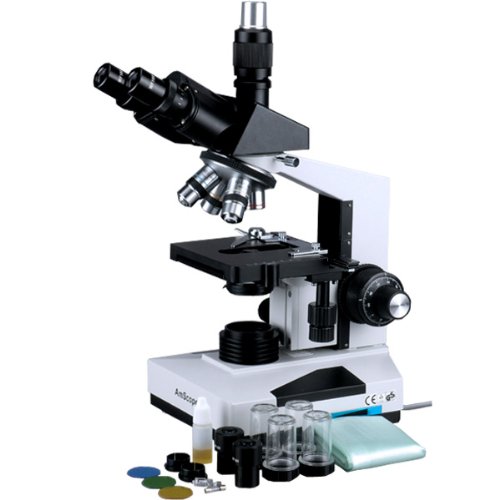How to spot malignant mole?
This morning you took a bath. The warm water feels so nice while the cold winter day. There was some funny skin itching on you back. You looked in the mirror, turned this way , that way. There is small mole on your back You remember this spot had been there for years, since childhood. Did this spot get that strange itching?
Microscope
Recently you have heard the news that there are more than 50000 of new melanoma cases every year. This amount grows 3% a year.
What is going on? Is this small spot on you back went out of control?
Several types of skin tumors exist. Many are slow growers. Many give rare metastasis. Easy discharge cure majority of skin tumors.
Melanoma brings troubles big time.
Melanos = black, oma = tumor.
You can detect melanoma by self-exam. Skin cancers show themselves much easier than any other types of cancer.
In the same time you can cure melanoma by Easy surgical resection. However, catch this tumor in early stage. Late stage metastasize. Surgeon can not cut off every metastasis in your body.
There are numerous sites dedicated to melanoma self-exam. Just type in the word "melanoma" into any hunt engine. Supervene instructions.
Fair skin population have more chances of getting melanoma. However, dark skin population design melanoma too.
Everybody has moles. Women even use moles to charm. How to find if your mole became dangerous?
Dangerous signs comprise Abcd:
Asymmetry
Border
Color
Diameter
A- asymmetry. Suspicious mole does not look like a round or oval blot. Often, early melanoma looks rather like a blot with an odd shape.
B- borders. Borders come to be irregular, uneven, fuzzy. The edges of the blots come to be notched.
C- color. Color of normal mole should be more or less homogenous. Change in color is very suspicious . There are shades of brown, black, tan, red. Mottled color is suspicious.
D- diameter. Change in diameter is suspicious too. Mole that is bigger than 6 mm is suspicious. Everybody compares 6 mm to a pencil eraser (though few population surely use it extensively). Just to get idea about the borderline size.
Besides Abcd there could be other signs of risky mole:
E - enlargement and elevation over the time
Also worrisome signs comprise easy bleeding and erythema (redness) colse to the mole.
Itching and pain in the side of mole make you suspicious as well.
History of melanoma in house should also raise suspicions.
Some skin problems look like melanoma, but are surely harmless. Anyway, do not gamble with them. Even experienced physician can not always tell if the lesion is malignant or not. It is great to be safe then sorry and check the troubling changes soon.
Some rare types of melanoma exist. Because even unavoidable melanomas are not always diagnosed on time, the unusual types becomes much more deadlier. Often physician sees them too late.
Melanoma under the nails. Melanoma of mucous membranes. (Mouth, nose or guts) Amelanotic melanoma - this one is not even colored.
The rehabilitation will be excision with margins and biopsy, but most important of procedure is to catch melanoma Know that the rehabilitation depends on the thickness of the tumor and the proximity of distant metastasis.
Surgeon or dermatologist cuts off the melanoma. Then, Pathologist (doctor specializing in lab diagnostics) looks the sample under microscope.
He classifies the tumor. The grade of the tumor gives the clue to the chances of your survival.
There are some classifications
Breslow classification portion the penetration of the lesion into skin by millimeters. Know that > 0.75 mm is already dangerous, but > 4 mm is wacking.
What is 4 mm. It is nothing. Right? Take a ruler and check how 1 mm looks and how 4 mm looks.
So this is why it is important to catch melanoma early.
There is also Clarks classification that measures penetration of the melanoma into the skin and other layers.
Tnm classification standardizes the grading.
You can not know the grade unless you excise and portion the melanoma penetration under microscope. It is not a do-it-yourself project. Surgeon and pathologist will do it.
The time of evolvement 1-2 years.
The frequency of melanoma is increasing. It might be because of more population get sun damage. Also other reasons may play role.
Treatment of melanoma includes surgical removal, chemotherapy, immunotherapy, radiation therapy.
How to Spot Bad Mole?
Visit : Measurement Guide cell phone plans for seniors Case Rackmount













